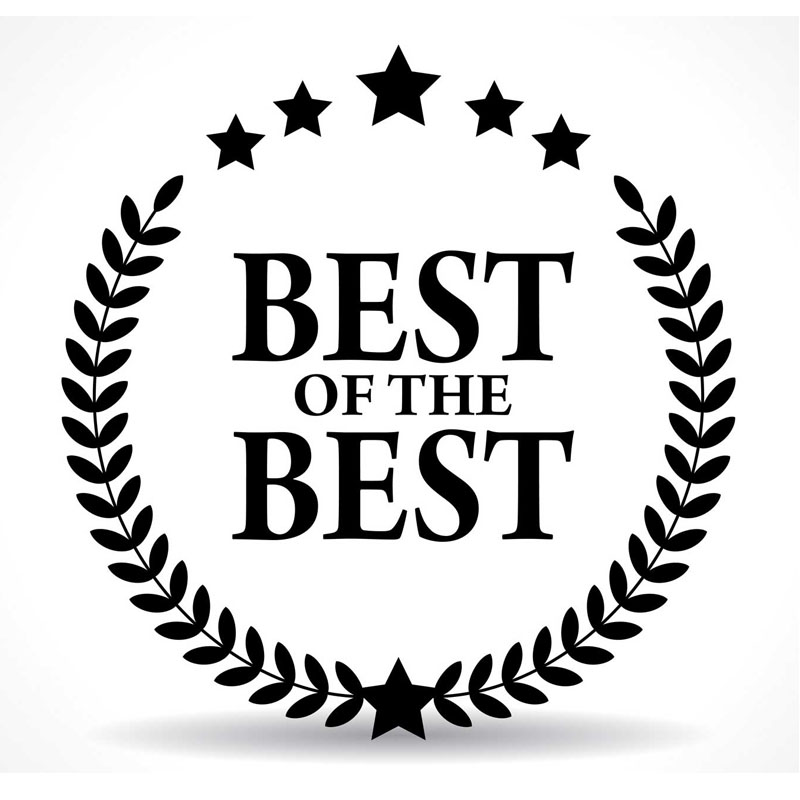Best employer health insurance is not just a perk; it’s a vital aspect of employee welfare that can significantly enhance their well-being and job satisfaction. In today’s competitive job market, offering comprehensive health insurance schemes can help organizations attract and retain top talent. Understanding the nuances of what constitutes the best employer health insurance can ensure that businesses provide valuable support to their employees while also benefiting from increased loyalty and productivity.
Employers need to recognize the various types of health insurance plans available, the importance of coverage details, and how these can align with the needs of their workforce. By prioritizing the right health insurance options, organizations can create a healthier workplace environment, which ultimately leads to a more engaged and productive team.
In today’s fast-paced world, the importance of effective communication cannot be overstated. Whether you are interacting with colleagues, friends, or family, the ability to convey your thoughts and ideas clearly and concisely is a vital skill that can enhance relationships and foster collaboration. Effective communication also plays a significant role in personal and professional success. This article will delve into various aspects of communication, offering insights and tips that can help you improve your skills and navigate various social and professional situations with ease.### Understanding the Basics of CommunicationAt its core, communication is the process of exchanging information, ideas, thoughts, or feelings between individuals.
It can occur through various channels, including verbal, non-verbal, written, and visual methods. To grasp the nuances of effective communication, it’s essential to understand its fundamental components:
1. Sender
The individual initiating the communication. This person encodes a message they wish to convey.
2. Message

The actual information, idea, or feeling that is being shared.
3. Channel
The medium through which the message is transmitted, such as face-to-face conversation, email, phone calls, or social media.
4. Receiver
The individual or group receiving the message. They decode the message to interpret its meaning.
5. Feedback
The response from the receiver back to the sender, which can clarify any misunderstanding and enhance the communication process.### The Role of Non-Verbal CommunicationWhile verbal communication is often the focus, non-verbal cues play a significant role in how our messages are perceived. Body language, facial expressions, gestures, and eye contact can either reinforce or contradict what is being said.
Being aware of your non-verbal signals is crucial, as they can significantly affect the effectiveness of your communication.For instance, maintaining eye contact can convey confidence and engagement, while crossed arms may suggest defensiveness or disinterest. When communicating, strive to align your verbal and non-verbal messages to create a cohesive and authentic interaction.### Active Listening: A Key ComponentCommunication is a two-way street.
To be an effective communicator, you must also be an active listener. Active listening involves fully concentrating on the speaker, understanding their message, responding thoughtfully, and remembering key points. Here are a few tips to enhance your active listening skills:
Give Full Attention
Avoid distractions when someone is speaking to you. Put down your phone, turn off the TV, and focus entirely on the conversation.
Show Engagement
Use verbal acknowledgments, like “I see” or “I understand,” and non-verbal cues, such as nodding, to demonstrate that you are engaged in the conversation.
Reflect and Clarify
Paraphrase what the speaker has said to confirm your understanding. This not only shows that you are listening but also helps clarify any potential misunderstandings.
Avoid Interrupting
Allow the speaker to finish their thoughts before responding. This shows respect and gives you a chance to absorb the entire message.### Tailoring Your Communication StyleEvery individual has a unique communication style influenced by personality, culture, and experiences. Understanding different styles can improve your interactions and foster better relationships. Here are some common communication styles:
1. Assertive
Assertive communicators express their thoughts and feelings openly and respectfully. They advocate for themselves while considering others’ perspectives.

2. Passive
Passive communicators often avoid expressing their thoughts, leading to misunderstandings. They may struggle with asserting themselves.
3. Aggressive
Aggressive communicators express their opinions in a forceful manner, often disregarding others’ feelings. This style can create conflict and tension.

4. Passive-Aggressive
Passive-aggressive communicators may appear passive on the surface but express their frustration indirectly, leading to confusion and resentment.Recognizing your style can help you adjust your approach in various situations. Aim for an assertive communication style, as it fosters clarity and mutual respect.### The Importance of Empathy in CommunicationEmpathy is the ability to understand and share the feelings of others.
It is a vital component of effective communication, allowing individuals to connect on a deeper level. When you practice empathy, you create a supportive environment where others feel valued and heard. Here are some strategies to enhance your empathetic communication:
Practice Perspective-Taking
Consider how others might feel in a given situation. This can help you respond more sensitively to their needs and emotions.
Validate Feelings
Acknowledge the emotions of others, even if you don’t necessarily agree with their perspective. Simple phrases like “I can see why you feel that way” can go a long way in building rapport.
Ask Open-Ended Questions
Encourage others to share their thoughts and feelings by asking questions that require more than a yes or no answer. This shows that you value their input and are genuinely interested in understanding their perspective.### Overcoming Communication BarriersDespite our best efforts, various barriers can hinder effective communication. These may include physical barriers (like distance), emotional barriers (like anxiety or stress), and cultural barriers (like language differences).
Here are some strategies to overcome these barriers:
Be Aware of Your Environment
Choose a suitable setting for important conversations. A quiet, comfortable space can minimize distractions and facilitate open dialogue.
Manage Emotions
If you’re feeling overwhelmed or upset, it may be best to postpone a conversation until you’re calmer. This can prevent misunderstandings and heated exchanges.
Adapt to Cultural Differences
In our increasingly globalized world, cultural awareness is crucial. Be mindful of cultural nuances in communication styles, such as directness versus indirectness, and adjust your approach accordingly.### The Power of Written CommunicationIn addition to verbal exchanges, written communication is essential in both personal and professional settings. Emails, reports, memos, and social media posts are all forms of written communication that require clarity and precision.
Here are some tips to enhance your written communication skills:
Be Clear and Concise
Avoid jargon or overly complex language. Aim for clarity and simplicity to ensure your message is understood.
Organize Your Thoughts
Structure your writing logically. Use headings, bullet points, and short paragraphs to make it easier for readers to follow your message.
Proofread and Edit
Before sending or publishing any written communication, take the time to proofread for spelling and grammatical errors. A polished message enhances your credibility.### Enhancing Communication in Professional SettingsEffective communication is critical in the workplace. It can improve team collaboration, enhance productivity, and foster a positive work environment. Here are some strategies to enhance workplace communication:
Encourage Openness
Create a culture where team members feel comfortable sharing their ideas and feedback. This can lead to more innovative solutions and stronger team dynamics.
Utilize Technology
Leverage communication tools like instant messaging, video conferencing, and project management platforms to facilitate collaboration, especially in remote work settings.
Provide Constructive Feedback
When giving feedback, focus on specific behaviors and outcomes rather than personal attributes. This helps employees understand areas for improvement without feeling attacked.
Host Regular Check-Ins
Schedule regular team meetings or one-on-ones to foster open dialogue, address any concerns, and celebrate achievements.### ConclusionIn conclusion, effective communication is a multifaceted skill that requires practice and self-awareness. By understanding the basics of communication, honing your active listening skills, tailoring your style, and embracing empathy, you can enhance your ability to connect with others. Overcoming barriers, improving your written communication, and fostering a positive environment in professional settings will further strengthen your communication prowess.The journey to becoming an effective communicator is ongoing, and each interaction provides an opportunity for growth.
So, embrace the power of communication, and enjoy the positive impact it can have on both your personal and professional relationships.
Answers to Common Questions
What factors should be considered when choosing employer health insurance?
Consider coverage options, costs, employee demographics, and the provider’s network of doctors and hospitals.
How can employers ensure their health insurance plan is competitive?
Employers can research industry standards, gather employee feedback, and compare plans from multiple insurers.
Can health insurance impact employee retention?
Yes, comprehensive health insurance can significantly influence employee satisfaction and loyalty, reducing turnover rates.
Are there tax benefits for employers offering health insurance?
Yes, employers can often deduct the cost of employee health insurance premiums as a business expense.
What are the common types of health insurance plans offered by employers?
Common plans include Health Maintenance Organizations (HMOs), Preferred Provider Organizations (PPOs), and High Deductible Health Plans (HDHPs).







